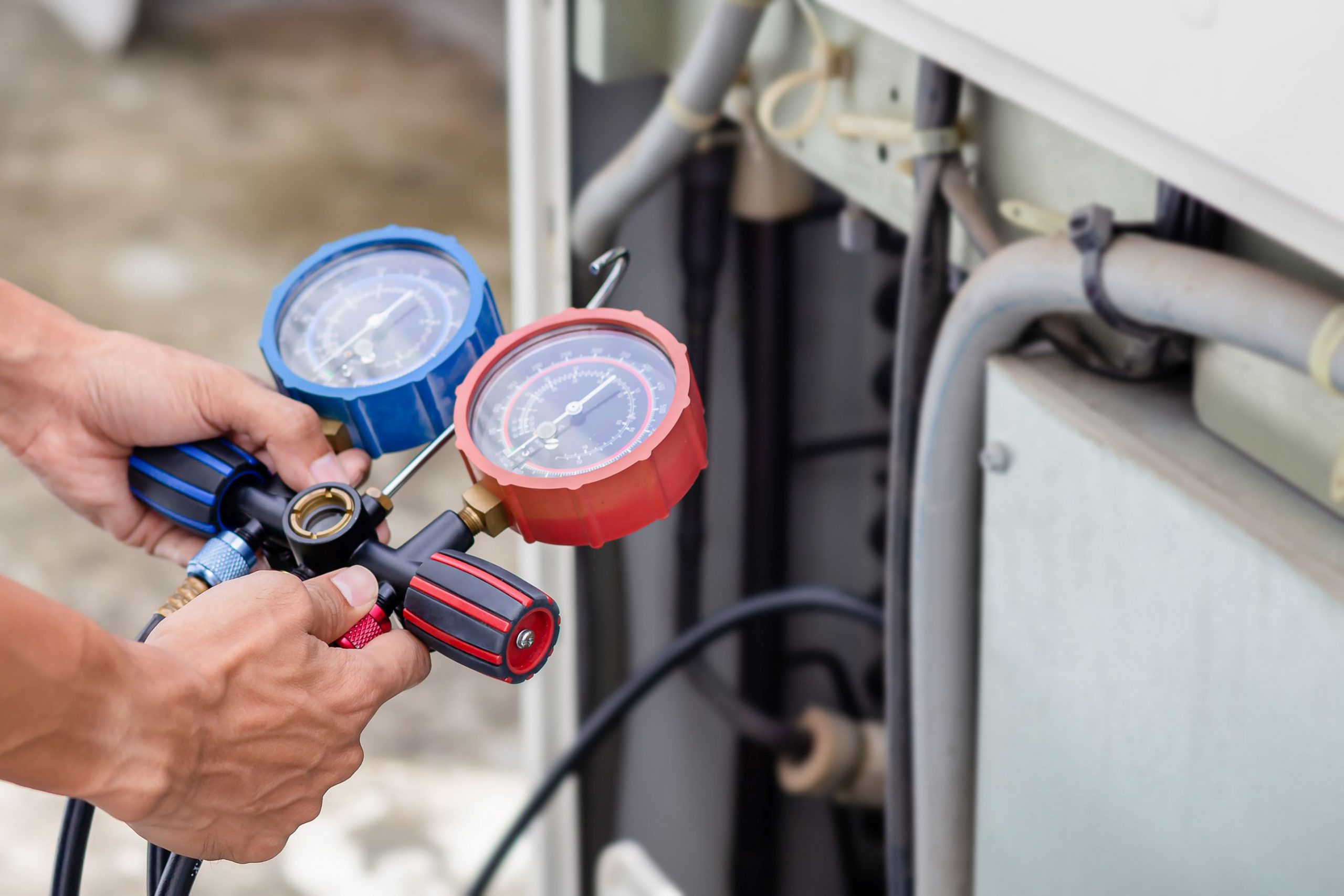Emily Collins, Zondits guest, 12/12/2023
It’s fair to say that heat pumps have become a thing in the green energy ethos. In 2022, the U.S. Heat Pump Market was valued at 12 Billion USD and is anticipated to reach 165 Billion USD by 2032. The projection is staggering but not unrealistic. With more than 17 million central heat pumps installed, customers, and clean energy program administrators, are turning to heat pumps to help reduce greenhouse gas (GHG) emissions. A heat pump uses electricity to both heat and cool, often providing a cleaner option for year-round indoor comfort than alternatives. Countries that are actively electrifying their homes and businesses have seen significant decreases in carbon emissions and more governments are encouraging heat pump installation through incentives and subsidized programs. And climate advocates, of course, continue to push for heat pump adoption to steer individuals and businesses from standard fossil-fuel heating systems.
But like any green technology, heat pumps have elicited some criticism over the years. Homeowners voice genuine concerns about cost and installation difficulties, while fossil industry groups spread misleading information about their heating efficiency in sub-zero temperatures. In the realm of climate change solutions, heat pumps face unique challenges that demand our attention. Yet, the most overlooked concern in heat pump adoption has little to do with cost or politics.
Heat Pumps and Global Warming
Today every heat pump contains refrigerants with high global warming potential or GWP. Refrigerants are working fluids used in refrigeration, air conditioning, and heat pump systems. Refrigerants enable these systems to transfer heat from one area to another. In the case of a heat pump, the transfer works to cool a building in the summer and heat the same building in the winter.
According to DNV refrigerant subject matter expert Brad Hoover, the vast majority of refrigerants found in heat pumps and air conditioners in the U.S. today have global warming potentials (GWP) about 2,000 times more potent than carbon dioxide (CO2) by weight. This is a significant concern because the refrigerant in these systems is prone to leak during operation, maintenance, and at the end-of-life (EOL). The California Air Resources Board estimates EOL leakage rates for residential systems are 80% or more. When the refrigerant found in a standard central residential heat pump is released into the atmosphere, it has the same global warming impact as driving a car 15,000 miles.
Lower-GWP and Natural Refrigerant Alternatives
There is good news on the horizon. Through the American Innovation and Manufacturing Act, the U.S. EPA will require most new heat pumps (and air conditioners) to switch to refrigerants with a GWP below 700 starting in 2025. This refrigerant transition supports the United States’ commitment to the Kigali Amendment of the Montreal Protocol, which calls for an 85% phase-down in the use of hydrofluorocarbons (HFCs) by 2035. As a result of the Kigali Amendment, many lower GWP and natural refrigerant alternatives are gaining market share for space conditioning.
The most notable near-term refrigerant candidates for heat pumps include lower-GWP HFCs and blends (e.g., R-454B and R-32). For long-term solutions, with GWP values below 150, natural refrigerants such as R-290 (propane), R-744 (CO2), R-717 (ammonia), and even R-718 (H2O) are being pursued. Natural refrigerants are the most climate-friendly option with GWP values below 10 and as low as 0 in the case of ammonia and water. Europe and parts of Asia have now successfully transitioned to use R-32 and other refrigerants with GWPs below 750 in HVAC appliances and are now seeing smaller propane systems successfully enter the market as well.
Adoption of Lower-GWP Refrigerant Alternatives
There is no one-size-fits-all solution for switching to lower-GWP alternative refrigerants. The qualifications and viability of specific alternatives depend on a variety of factors including thermodynamic properties, region, building sector, type of heat pump, and most importantly, safety. Hydrocarbon refrigerants like propane have outstanding thermodynamic properties that boost performance, but their flammability presents a significant safety risk that must be mitigated.
Minimizing Refrigerant Emissions
While the widespread use of new refrigerants and heat pump technologies will reduce harmful climate impacts over time, there are crucial short-term obstacles the heat pump industry and customers must face. Regardless of a refrigerant’s GWP, refrigerant emissions are common among all heat pump types. Refrigerant emissions are both an inconvenience to the customer and a serious environmental concern. Heat pump systems that run low on refrigerants do not run efficiently, decreasing comfort in the building, and increasing GHGs into the atmosphere. Minimizing refrigerant leakage and EOL emissions is an individual and collective responsibility. According to the non-profit climate research and advocacy initiative, Project Drawdown, refrigerant management ranks among the most effective climate change solutions.
The shift toward heat pumps with lower-GWP refrigerants poses unique challenges that demand careful consideration. As more heat pumps are installed in U.S. households, the risk of high-GWP refrigerant emissions reaches new levels. However, as heat pump customers’ awareness of the hazards of high-GWP refrigerants increases, and U.S. policymakers actively strive to uphold our international climate agreements, we have reasons to be hopeful. The transition to lower-GWP refrigerants is imminent, and the right efforts are underway to ensure success.

